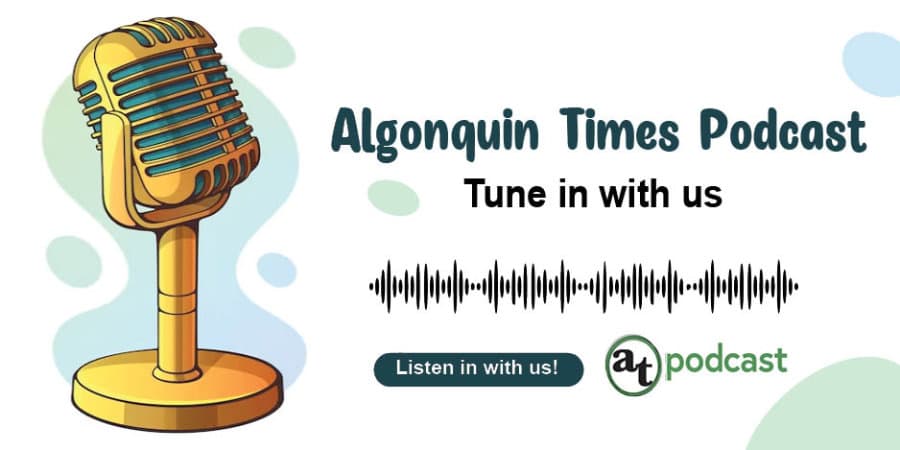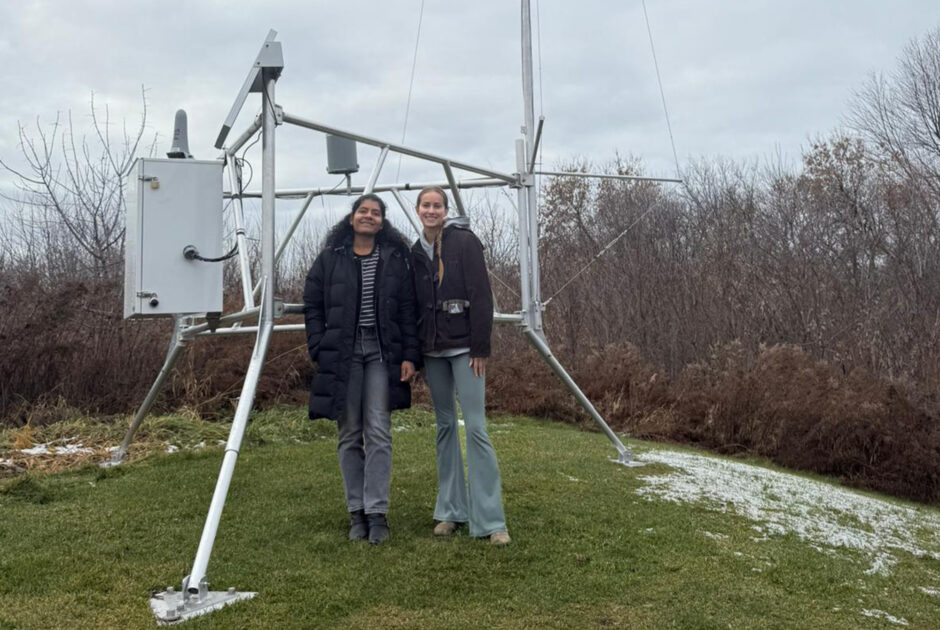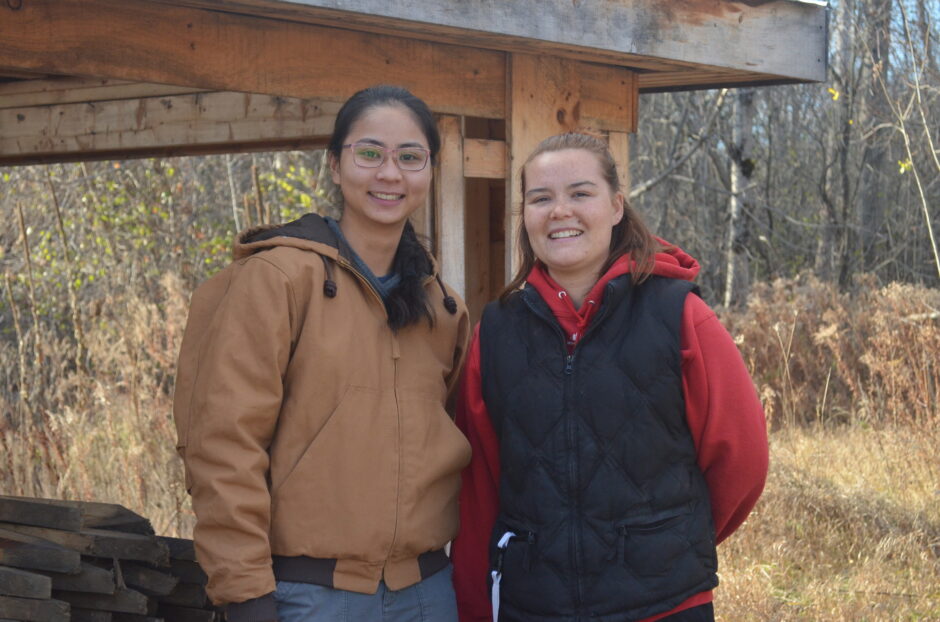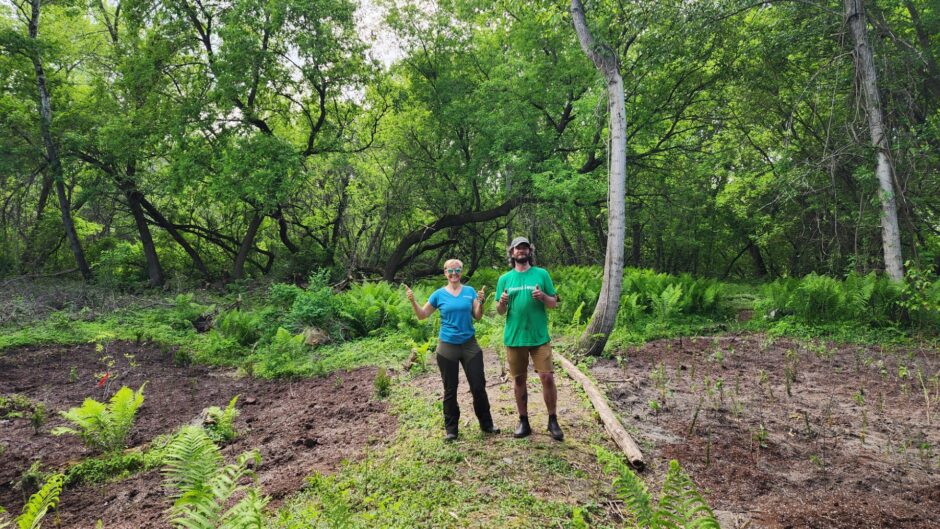Business feature: The family that started Canada’s first Somali museum

When Hersi Osman first sat down to talk with the Algonquin Times about his role in an Ottawa-based Somali museum, the first thing he did was pull out his phone and call his mom, the one who made the dream of preserving Somali history come true.
Kaltoun Moussa is the driving force behind the Khayrhaye Somali Cultural Museum Centre, which opened in August 2023 on St. Laurent Boulevard in the east end of the city.
“The main reason why my mom wanted to start this was to share the Somali culture with the Canadian public and also not to lose tradition because Somalis were a very oral-based country,” said Osman. He said since not many things are documented outside of the oral tradition, his mother wanted to make sure the history would be available for generations to come.
Moussa came to Canada in 1991 and says it took six years from the beginning of the dream to seeing it come to life. She wanted to teach everyone, including her four sons, about the beauty of Somali culture.
“This business I started there was an idea to come up and with my voice and our culture,” said Moussa. She says she saw the need in Canada to teach others and share.
“That was the idea. I want to teach,” she said.
Osman runs the social media part of the business on Facebook and Instagram. His brothers take care of the practical parts like transportation and research, while Moussa takes care of the side of the business related to people and culture.
At the end of the day, it’s a family business through and through.
Part of the hurdle in starting a new museum was finding the right place to rent. It took two different real estate agents and Osman says he lost track of how many places he looked at during his own research after the first 100.
“The space we have now is not even what we were looking for. It’s just the only one that was available because when you’re looking for commercial space, the landlord has to agree,” said Osman. “It’s all about negotiation. You’re going back and forth with the lease term or the cost and what you’re doing in their space and if they don’t agree to it, then you have to kind of keep moving forward.”
“This is just a starting point, especially when it comes to financial parts, a lot of grant applications, they need a physical space,” he said.
Once the location was confirmed, the biggest part of the museum, the artifacts, were added. All artifacts are handmade, from clay pots to a traditional hut.
“Most of them are items that were used back in the day when it came to storing where they need food, water or just the way people we have our traditional like Somali hut where people lived in. They are very nomadic, so they have to be something where it is easily taken down,” said Osman.
“We do have a couple of collaborations with different museums, but we’re looking for more Somali individuals. That’s the biggest thing, whether it be like a language teacher or someone that knows about traditional weaving,” he said.
Osman is no stranger to business. He runs a photography and video business as his full-time job, shooting wedding and graduation pictures. He says being an entrepreneur helps in learning how to run a museum, especially when it comes to money.
“The lack of knowledge and finances, that’s the biggest thing. Because when you’re starting off, it has to be self-funded,” he said.
“You have to prove a point when you’re applying for grants. They want to see the proof before you even apply. There are some places where you’re able to obtain money with just a concept, or an idea. But my mom wanted to hit the ground running because that’s the style that she likes and it’s better for us to learn on the job.”
Though not turning a profit yet, plans for the future are underway after being closed for renovations a few months this past winter. It reopened in time for Eid Al-Fitr celebration.
“This is our first time doing something like this. My mom came from the nonprofit world, which is great, but starting as an entrepreneur is completely different,” said Osman.








